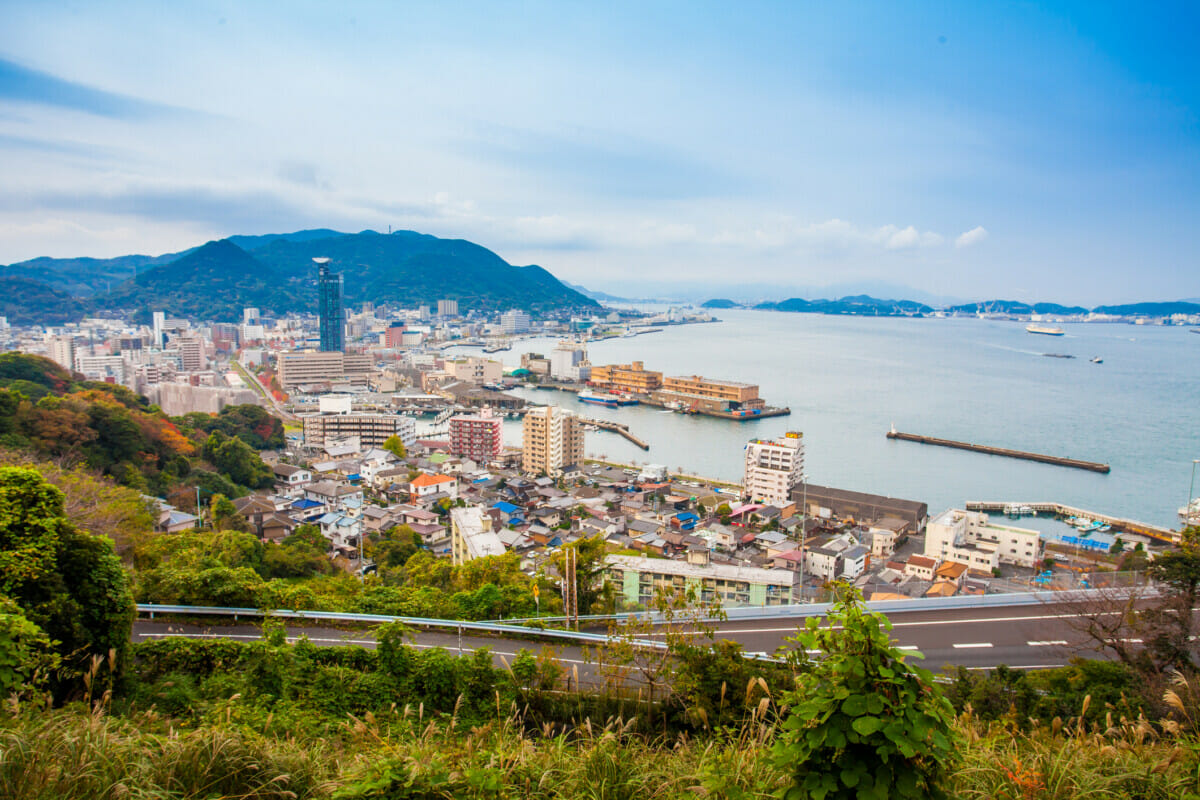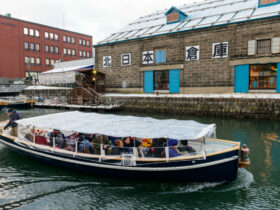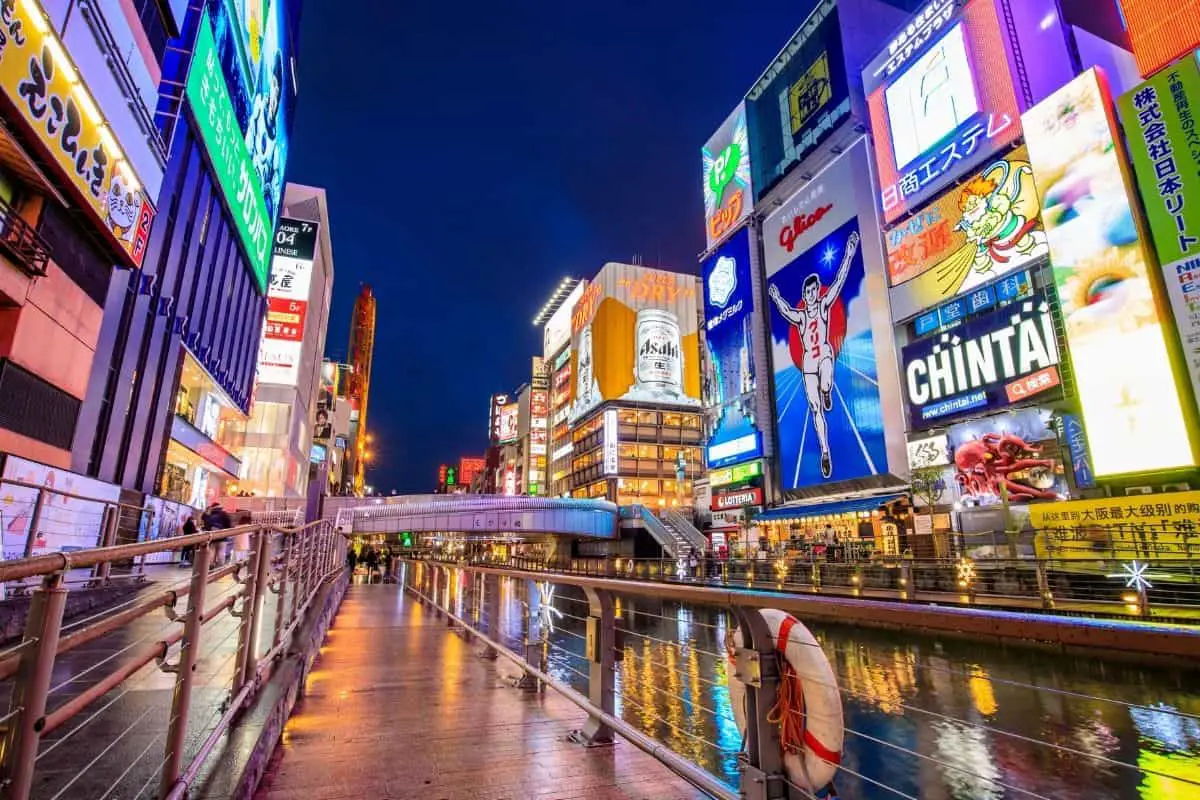For a relaxing and low-key encounter with Japan, visiting Moji Port in Kitakyushu is ideal. The beautiful view of the bay with a romantic walk along a promenade can truly be a tranquil experience.
Plus, it allows visitors to take in what regular life is like in Japan without the stress and high pressure of Tokyo life.
About Moji Port in Kitakyushu
The Port of Moji, or Moji Port or Mojikō (門司港), has had long-time fame as an international trading port ever since the later parts of the 19th century.
Today this trading harbor is at Shin-Moji Port. But this particular area stays relevant due to it being a favorite tourist spot.
Part of the reason for this is the well-preserved buildings from the Meiji and Taisho Periods in Japanese history. But these buildings aren’t Japanese, they’re western-style in nature.
Some of these are the oldest in the vicinity and serve as historical reminders of its long and vast past of wealth and luxury.
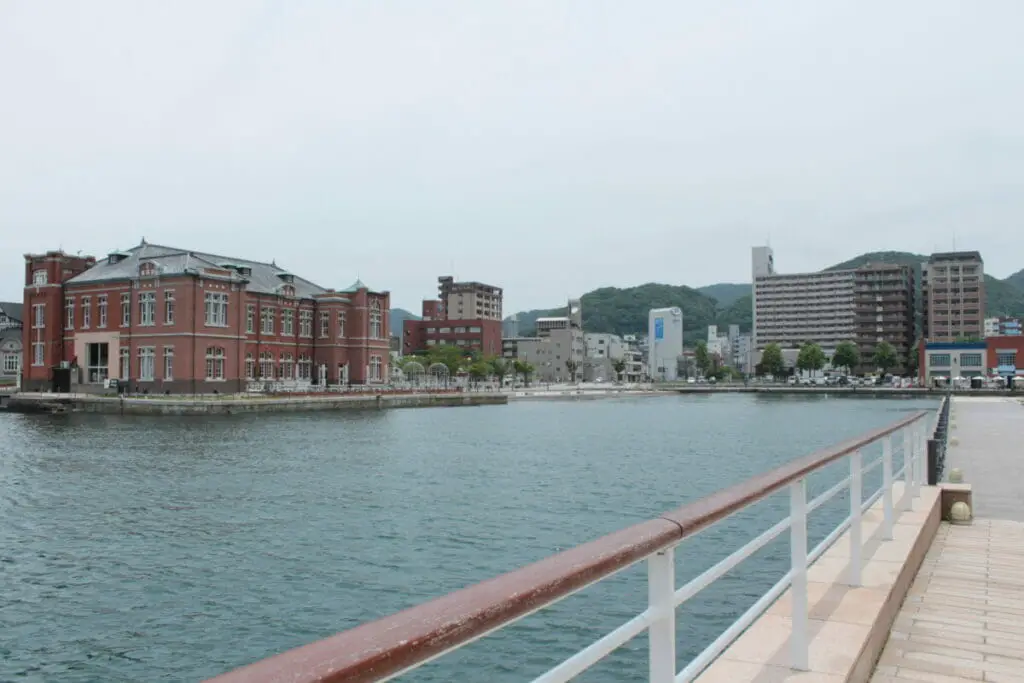
Abundant Prosperity
This area was rich, prosperous, and full of promise in its heyday. Many of the buildings reflect the opulence of the time and are an impressive architectural feat. In fact, as early as 1889, Mojikō Port became a Special National Port due to how close it is to China and its significance for coal exports.
Because of this, many merchant companies and financial institutions gained a foothold here. The western-style buildings that sprouted up are a reflection of the desired style of that time period.
After World War II, the demand for coal dropped and the area subsequently experienced a decline.
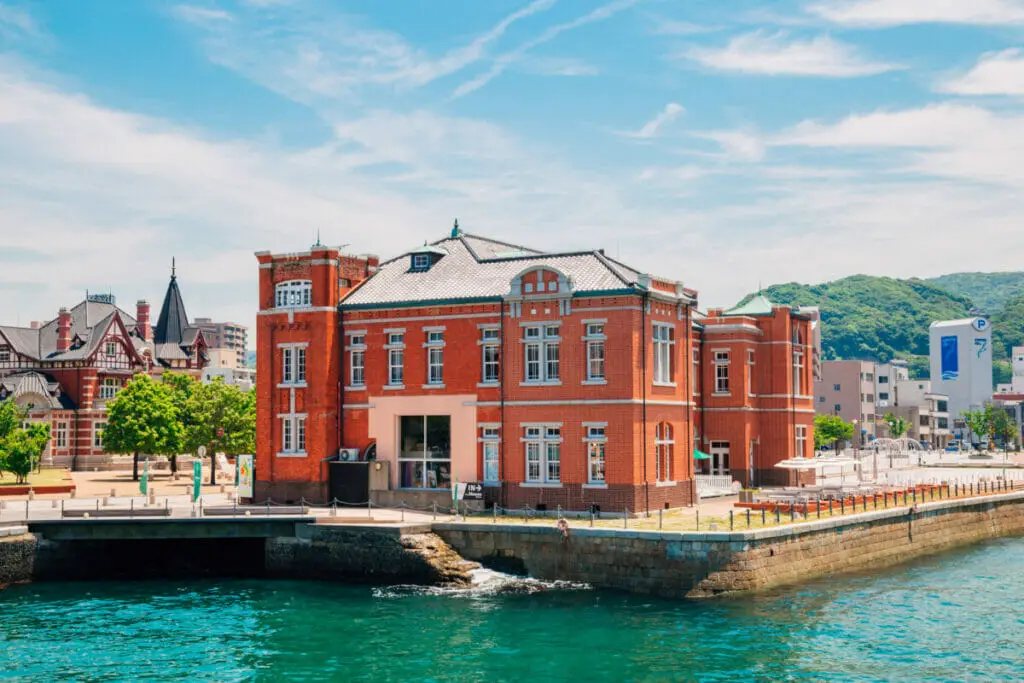
Modern-Day Moji City
In 1963, the city of Moji merged along with five others to form what is now Kitakyushu City. It’s closest to Kyushu in the proximity of Honshu. Today, some two million people visit the area each year and it’s an integral portion of Japanese history.
When you visit the area, you’ll quickly notice it’s a typical town that’s quiet yet bustling.
It’s a residential area with many families and upper working-class people. It’s very clean, quaint, and cozy but it’s also a very vibrant and lively community.
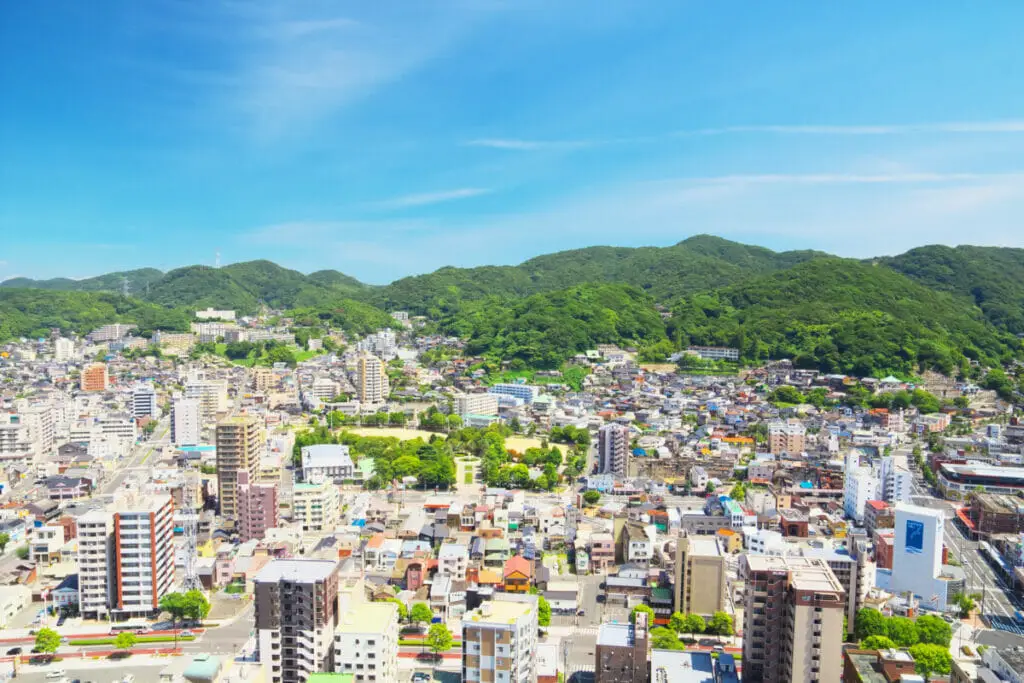
Mojikō Station
The oldest station on the Kagoshima Line is Mojikō Station. You simply take a short walk from the station, which leads to several other historic buildings.
Mojiko Station Via Tripadvisor
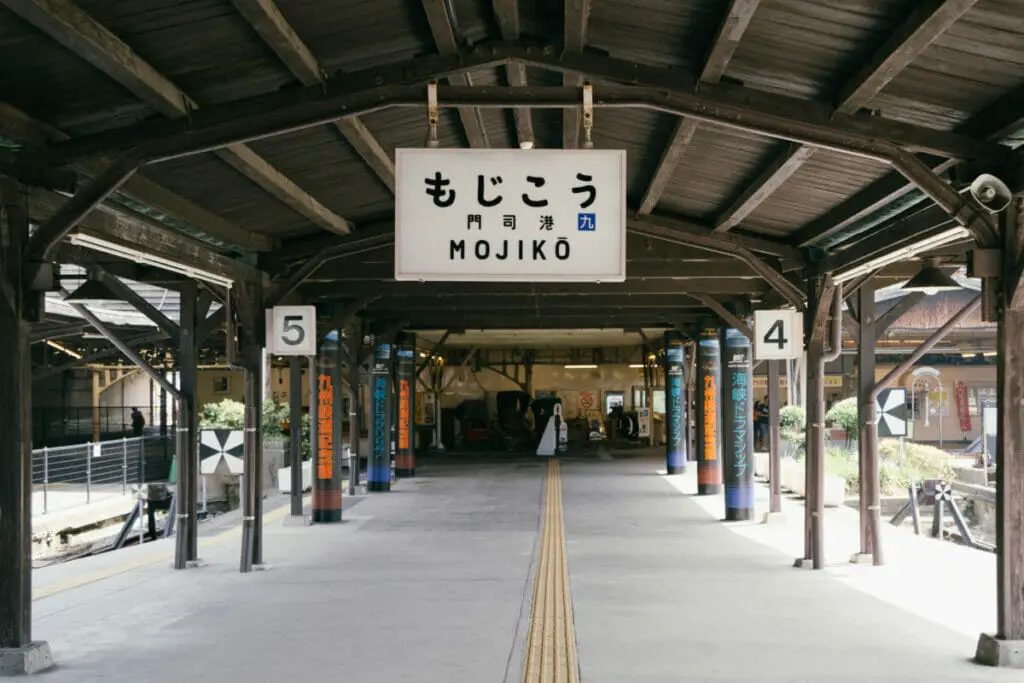
All of which reside near the waterfront. Constructed over 100 years ago, their original purpose was to facilitate and accommodate the growing industry and business sector.
The thriving trade activity with the Asian mainland spurred the need for such facilities. There are cafés, museums, restaurants, and home libraries, to name a few.
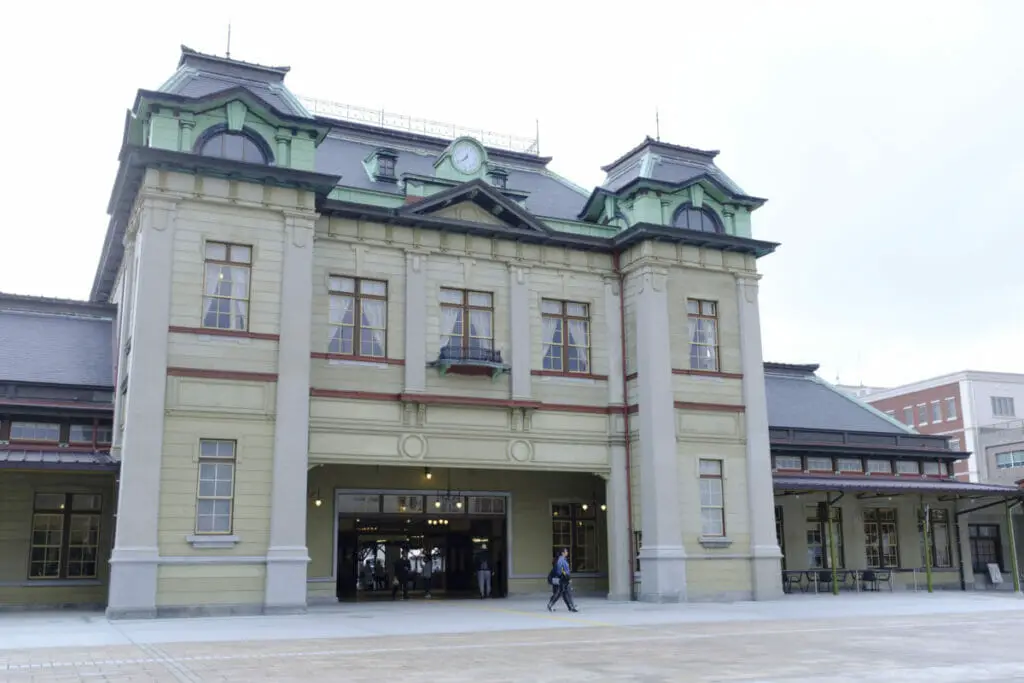
The hours to visit these places vary, but typically many open around 9 am and close around 5 pm. While many are free to enter, some have a small fee of ¥100 (or $0.81 USD).
Moji Customs Building
The Moji Customs Building was a hub of activity for imports, and exports, and an entry point for travelers. It’s a stunning red brick building now serving as an art gallery with free admission.
Built in 1912, it’s a remarkable testament to the Viennese art movement of the late 1800s and early 1900s.
Mojikō Retro Observation Room; the Kanmon Kaikyo Museum
You can’t miss the Mojikō Retro Observation Room since it’s the tallest building in the area. Sitting at 338 feet (103 meters) high, it gives beautiful views of the port and Shimonoseki City, which is across the Kanmon Strait.
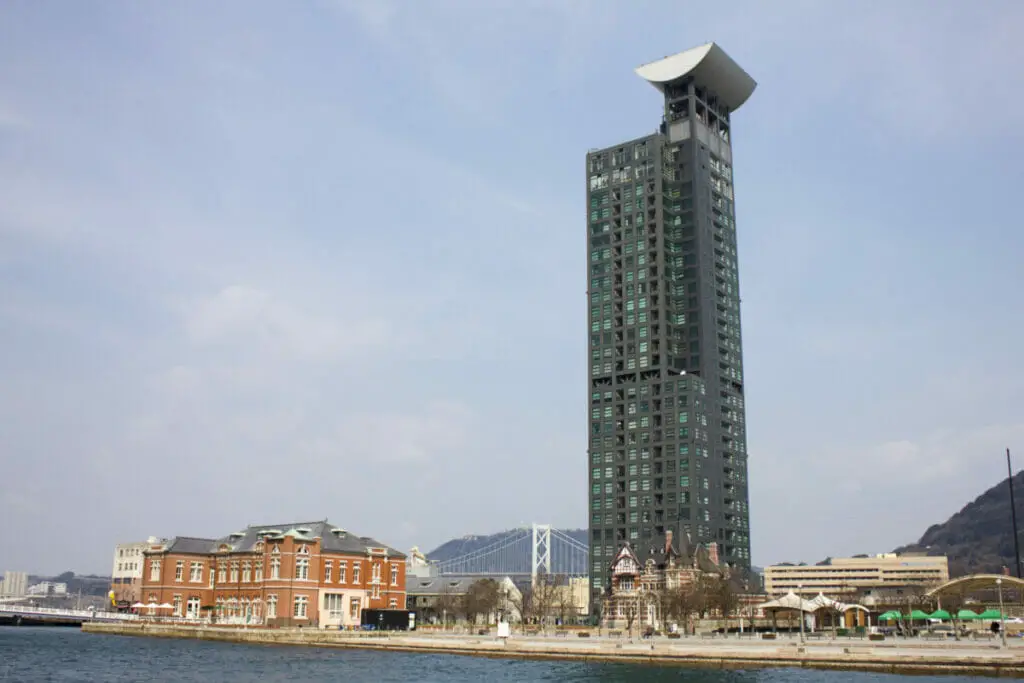
The Kanmon Kaikyo Museum commemorates the strait’s history and sits along the waterfront. The building itself is a testament to modern architecture, combining the best of the west and east.
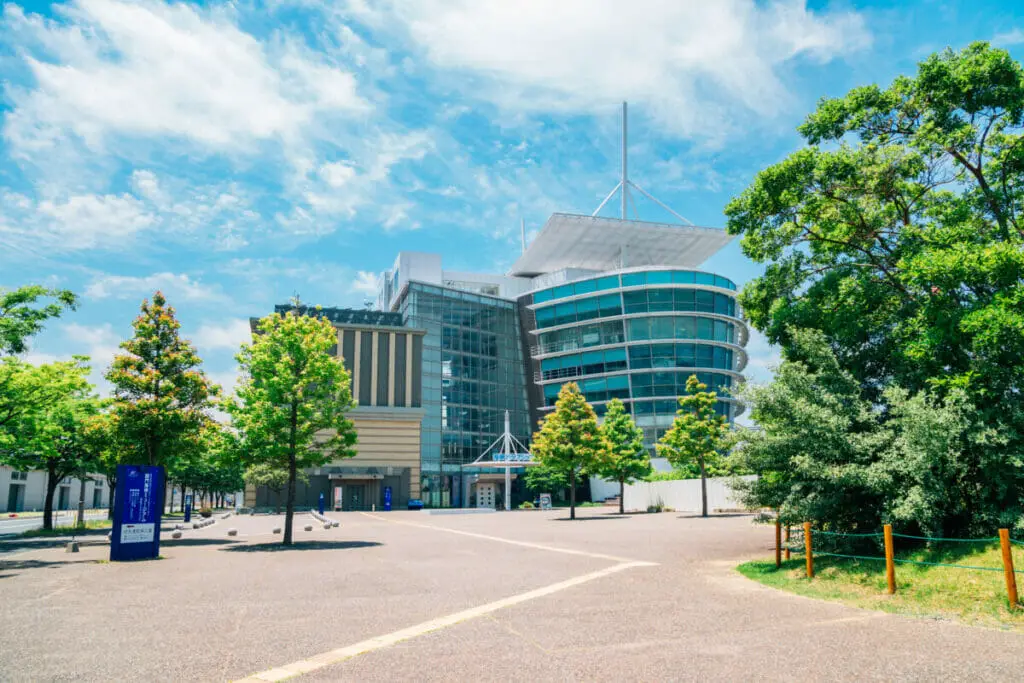
They make it easy for tourists to enjoy all the activities via a free translation and Wi-Fi service.
The Observation Room opens at 10 am and closes by 10 pm every day, accepting last entries by 9:30 pm. Admission costs ¥300 ($2.43 USD). The Kanmon Kaikyo Museum also opens at 10 am but closes by 6 pm. It’s unclear whether there is an entry fee or not.
Kaikyo Plaza
There’s a picturesque promenade that provides a romantic walk by the sea which leads to Kaikyo Plaza. This is a shopping area full of local produce and souvenirs signature to the area.
The plaza and promenade have a very European feel, like Venice, Italy, but with a quintessentially Japanese style and flair.
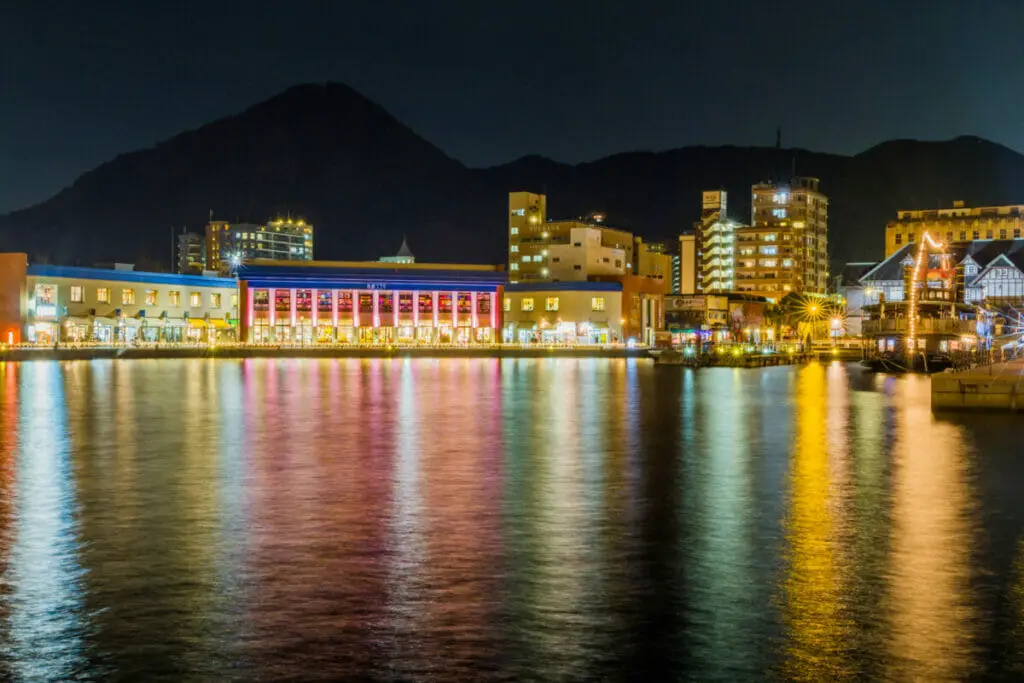
There isn’t a fee for the plaza, only what you pay for at the restaurants and stores. But the promenade opens at 10 am along with the stores while the restaurants open around 11 am. Shopping ends at around 8 pm and restaurants close at 10 pm.
Regional Cuisine
Moji Port is famous for its regional cuisine. One of the major ones is their banana products. In fact, it’s this port that has been an integral aspect of international imports and exports of bananas from Southeast Asia for worldwide consumption.
Yaki Curry
Also, there’s a local dish you can’t find anywhere else in Japan: Yaki Curry, which is a baked curry and rice delicacy topped with gooey melted cheese.
Every restaurant and café on the waterfront will offer its own version of this.
It’s essentially a casserole filled with meat, vegetables, and spices over rice swimming in a thick and spicy curry sauce. This is so famous worldwide, that you can find a host of recipes to mimic the dish at home.
Navigating Around
You can access Mojikō by the Kagoshima Line. The bay area in total is a mere 6,562 feet or just over a mile (two kilometers).
This means you can discover the entire area in a matter of hours on foot. You can visit Moji Port for a few hours either on your way to or coming back from Fukuoka.
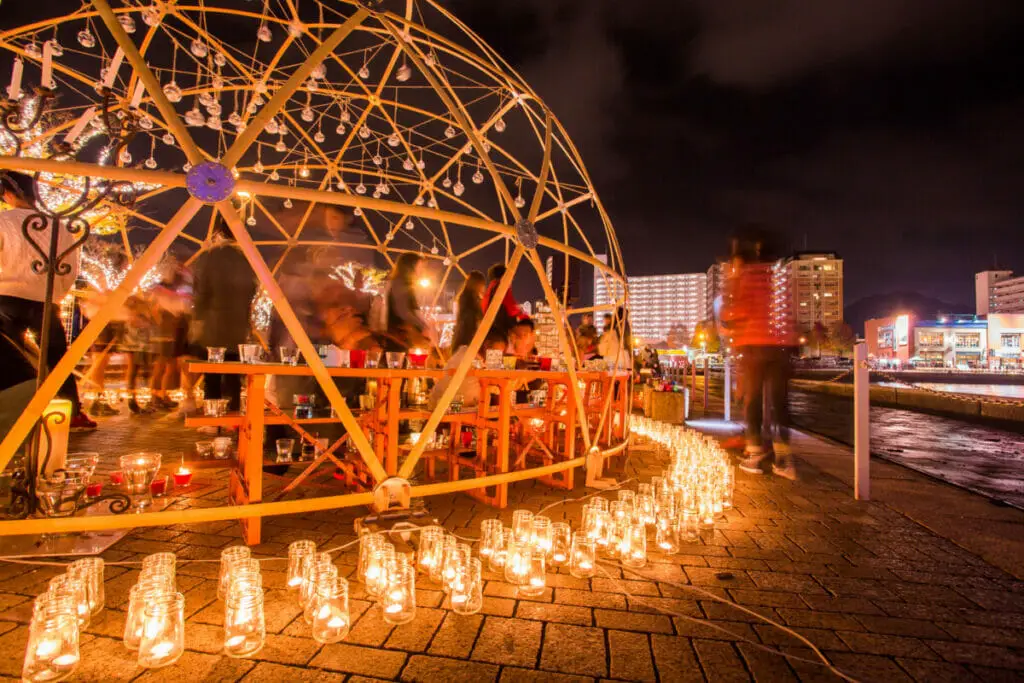
However, consider touring Mojikō Port at nighttime, it truly is a beautiful sight. Lanterns and building lights illuminate the promenade in the most gorgeous way and provide a calm, relaxing, and romantic atmosphere.

